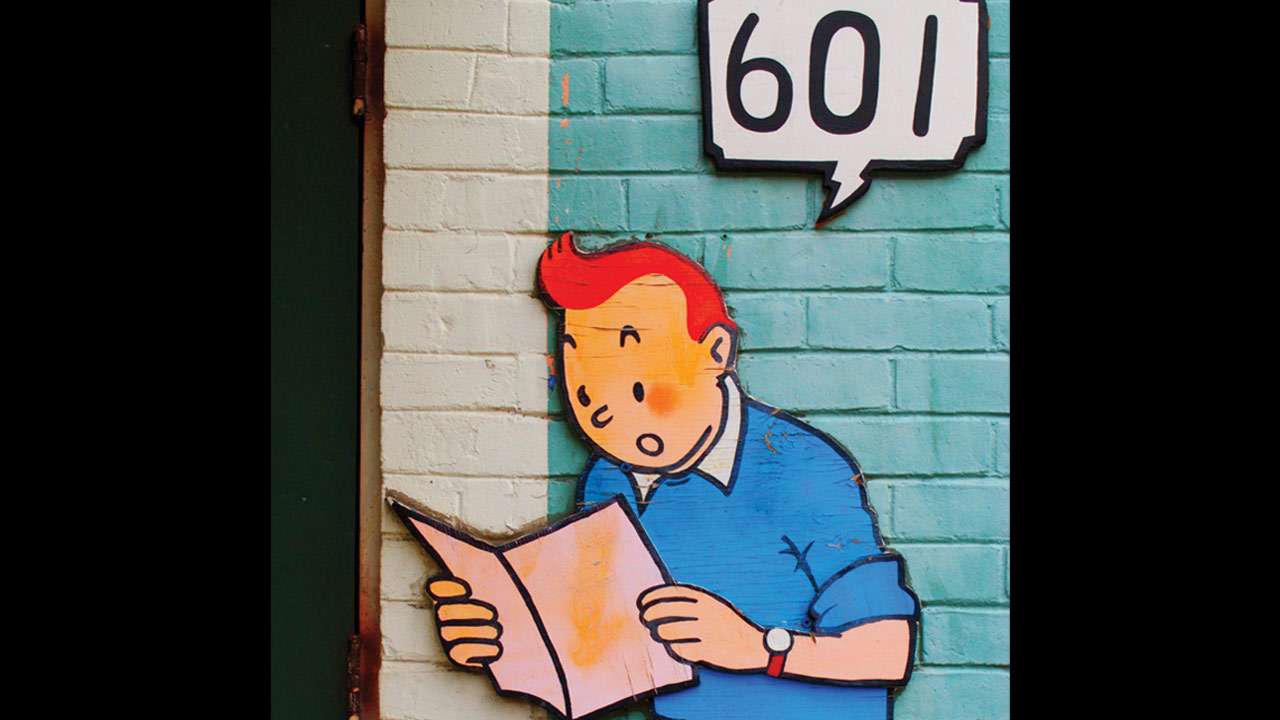
The international comic book sensation, Tintin, turned 90 three days ago but the boy reporter refuses to grow up. Neither does his dog, Snowy. After all, fighting crime across the globe is no mean task, that too if you have a temperamental Captain Haddock as your chief assistant and detectives Thomson and Thompson for law enforcement. There are many marvellous things about Tintin, not least his trademark quiff that managed to stay in place during the many daring adventures. It was a marker of the boy’s unflappability, not a hair out of place, so to speak, in the face of death.
Tintin was born in Janury 1929 in the magazine Le Petit Vingtième, the children’s section of a Brussels newspaper. The first series set him in the land of the Soviets and was so strongly anti-Communist that when it was published in book form, it was restricted to a single edition. At the time his creator Georges Prosper Remi, popular as Hergé, was working for the right-wing paper Le XXeme siecle, which was run by Norbert Wallez, a Catholic priest and leading Right-wing figure who is said to have admired Mussolini, the Fascist dictator of Italy.
Anyway, along the course, Tintin evolved along with his creator Hergé who later showed many liberal traits. Through 24 comic albums, Tintin travelled to Russia, America, Africa, North Pole, Arabia, Indonesia, India, Nepal, and Tibet, and once even landed on the moon in 1954, 15 years before Neil Armstrong showed up. Talk of the flight of imagination!
Curiously, Hergé wasn’t much of a traveller, and his lack of exposure to diverse cultures and sensibilities often forced him to play on stereotypes. Take for instance, Tintin in the Congo, that is infamous for its racist depictions. In the Land of Black Gold, when Tintin travels to Saudi Arabia, at a faux Emirates city, where all the men are in turbans, they’re all in the desert, they’re really quick to get angry. Despite such criticisms, Tintin’s popularity grew by leaps and bounds. Some startling facts about the comic books will give an idea of their popularity: By the 1960s, Hergé was an extremely successful author, and Tintin a global success. Since 1929, more than 230 million copies have been sold. The Tintin adventures have been translated in more than 70 languages. Not just Tintin and Haddock, Hergé also populated the comic series with other lovable characters like Professor Calculus and the opera singer Bianca Castafiore, the “Milanese Nightingale”.
Despite the obvious flaws in some explicable way, Tintin appealed to both the young and the old. Tintin lived in a supposedly complex universe, and Hergé’s treatment managed to elevate the series from geographical and cultural constraints.
Tintin and Alph-Art published in 1986 was the last book in the series. Hergé had died in 1983 and the posthumous publication presents the storyline and sketches of an interrupted tale. It showcases Hergé’s superb talent for graphics and narrative.
Tintin needs to come back now more than ever to slay the villain called Fake News.